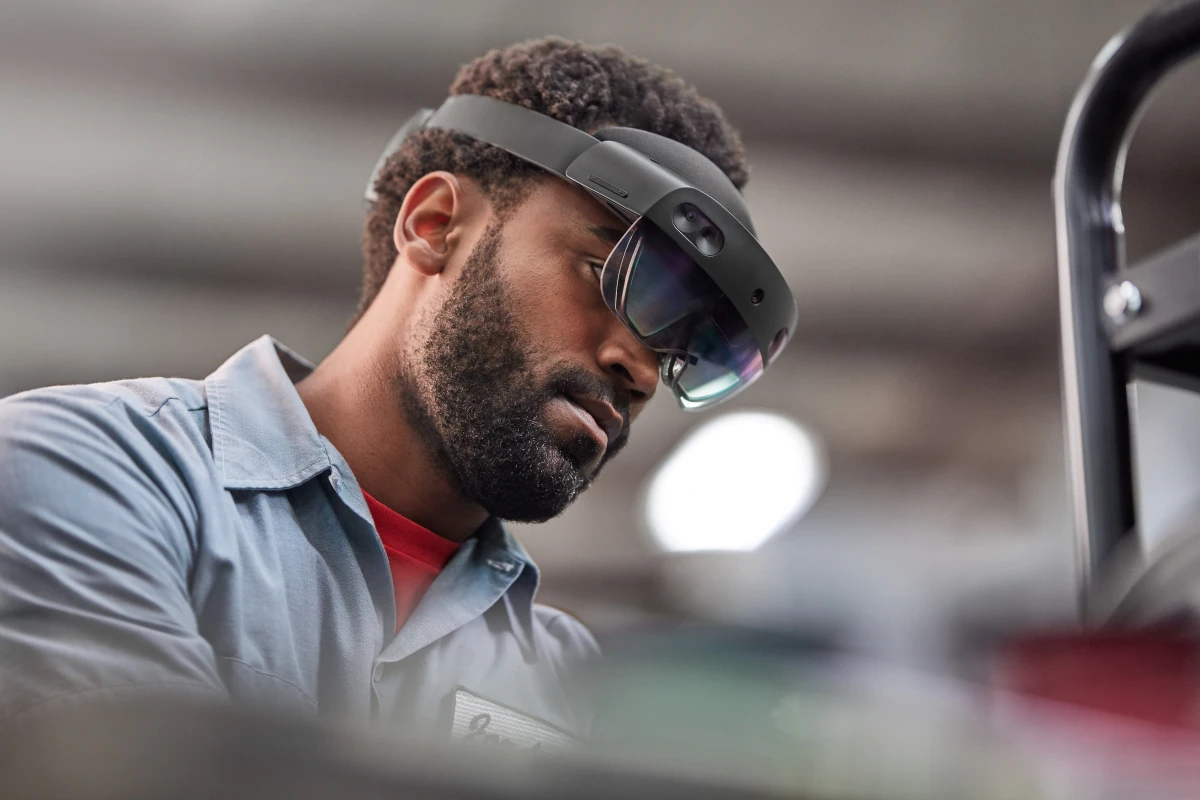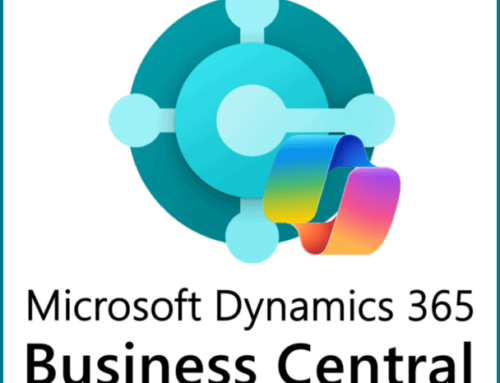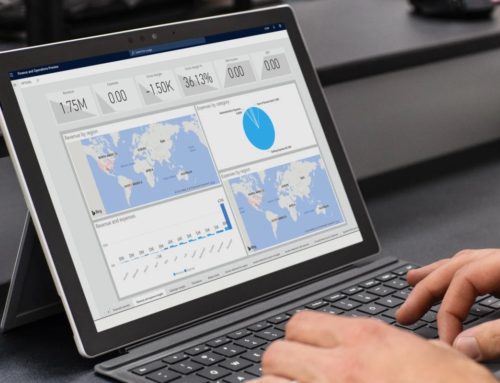As the pace of manufacturing accelerates to meet demands across global customers, organizations are struggling to rapidly train and upskill workers on factory lines and the production floor. In fact, up to 2.4 million U.S. manufacturing jobs could remain unfilled between 2018 and 2028 due to this challenge.1
Today we’re introducing an exciting update to Microsoft Dynamics 365 Guides that promises to improve the way frontline workers access digital guidance in real-world scenarios, empowering them with hands-on opportunities to learn new and revised technical skills on-site. By engaging employees in hands-on, experiential learning, they are better able to retain and apply new skills to meet evolving job demands.
State of learning today
Traditional classroom training methods are not only expensive to implement and maintain but also are often ineffective. On average, employees only apply about 54 percent of new skills learned and business leaders are similarly disenfranchised.2 88 percent of human resource leaders are looking to invest in new technologies and 84 percent of business leaders want to rethink their workforce experience.3 At Microsoft, we see an opportunity to shift the way employees learn by providing organizations with the technology to attract, train, and maintain their workforce. Instead of static, hundred-page manuals that employees consume in a classroom, employees move towards immersive and collaborative experiences that are incorporated into daily workflows. With an estimated 97 million new jobs created by the year 2025, organizations need to provide employees with greater operational knowledge and a seamless, improved way to learn on the job.4 The question is, where do you get started?
On-the-job guidance with Dynamics 365 Guides and Azure Object Anchors
Dynamics 365 Guides is the mixed reality solution for organizations looking to accelerate upskilling and empower employees with transformational learning experiences. With Dynamics 365 Guides, employees can author step-by-step workflows with holograms on a head-mounted display to effectively imitate real-world scenarios.
Visual overlays and markers hover over the next step, using visual reinforcements to help improve muscle memory and reduce downtime.






Leave A Comment
You must be logged in to post a comment.